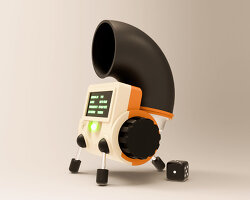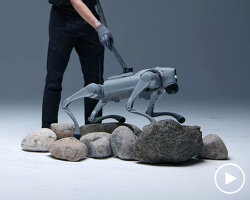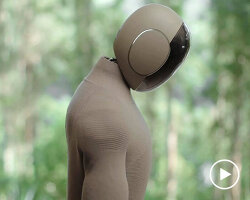KEEP UP WITH OUR DAILY AND WEEKLY NEWSLETTERS
sara shakeel talks the role of AI in contemporary art, the human impulse to materialize digital ideas, and the emergence of phygital works.
k-studio has joined forces with with grimshaw, haptic, arup, leslie jones, triagonal and plan A to design the expansion of the athens international airport (AIA).
from car wheels to the speedometers and gauges, our list explores the automobile aesthetics that appear in modern watches.
connections: +410
discover our guide to milan design week 2025, the week in the calendar where the design world converges on the italian city.
connections: 13
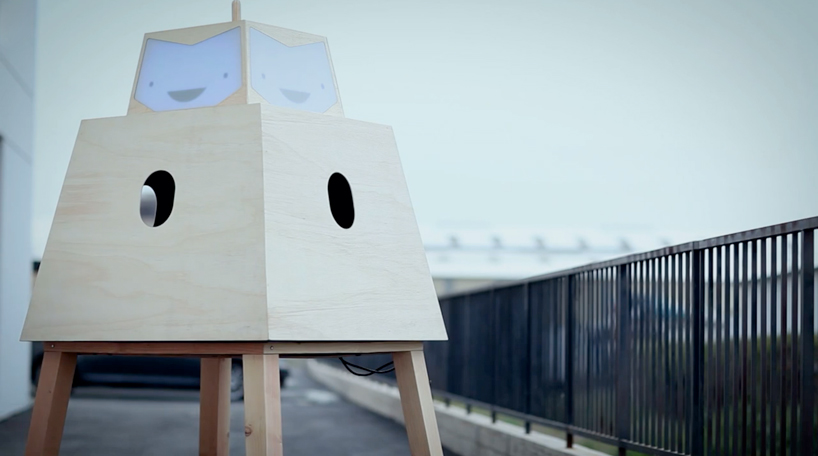
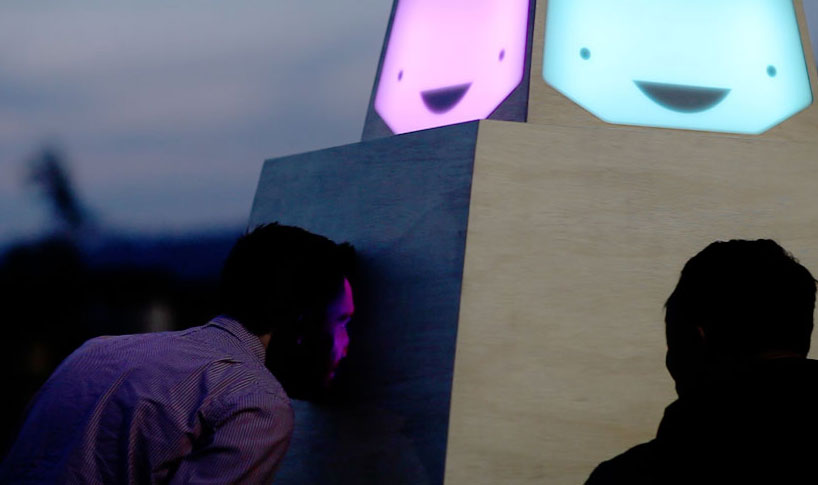 an array of color changing RGB LEDs react to each participant’s smile
an array of color changing RGB LEDs react to each participant’s smile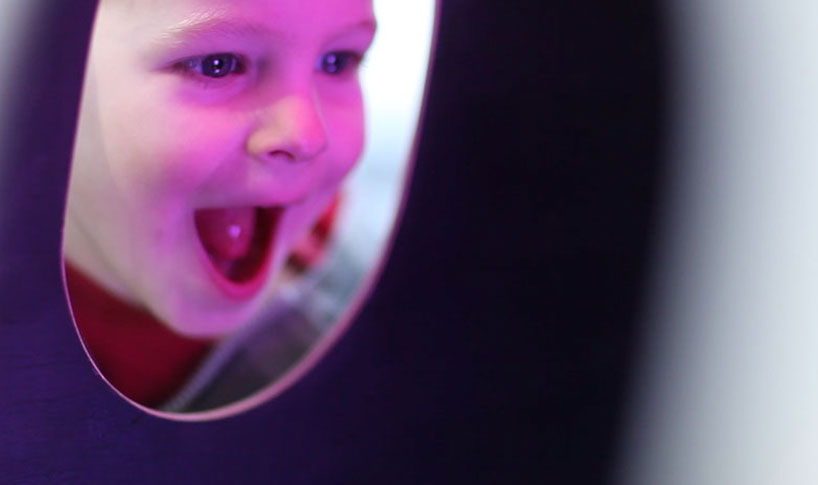 smile!
smile!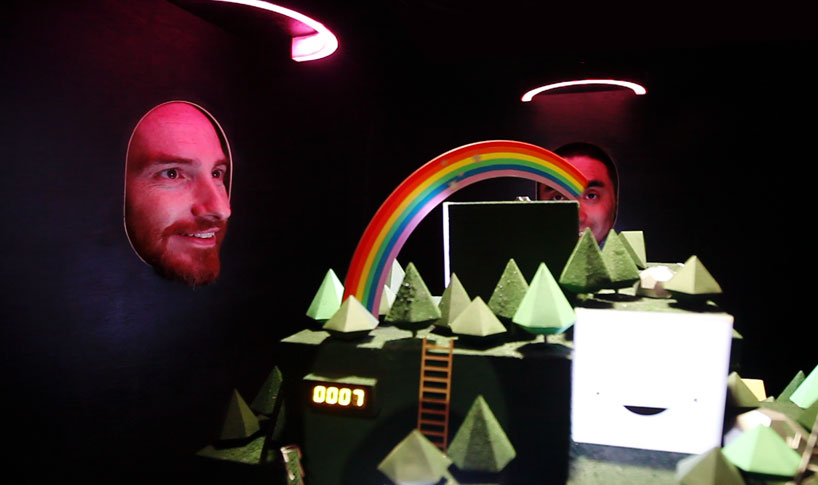 a motorized rainbow appears after four participants smile at the same time.
a motorized rainbow appears after four participants smile at the same time.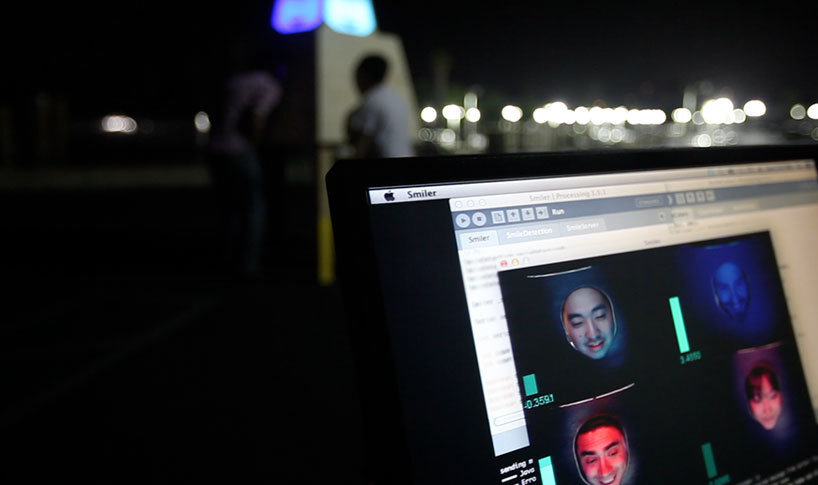 the cameras monitors participant’s faces with facial recognition technology and a custom ‘smile detecting algorithm.’
the cameras monitors participant’s faces with facial recognition technology and a custom ‘smile detecting algorithm.’